Whether you are in school, college, or a working professional, choosing photography as a profession takes work. It’s not about the struggle for survival, furnishing your skills, or bringing in more clients because that’s secondary. The first barrier to being an accomplished photographer is choosing a genre. Different types of photography genres give rise to the challenge of selecting a single one.

While you may know about the basics of camera handling and how to make a perfect shot, breaking into the Photography Business is more about being the master of a genre. A lot of times, when a person decides to become a photographer, he or she is aware of only a limited number of photography genres, which can limit the growth of a professional.
Since there are many different types of photography, knowing about them can give a pretty good idea about which photography genre to pursue and master. Mastering a specific photography genre not only serves on the professional front but also helps the photographer gain recognition in that field.
What are the Different Types of Photography:
There are a variety of photography that you can find in the world of photography. These different types of photography techniques can produce different types of pictures. Here, we will describe every popular types of photography you can find on the internet.
1. Portrait photography
While talking about types of photoshoot, it’s almost impossible not to include portrait photography on top. So, one of the most common modes of photography, portrait photoshoots, is always in demand. It is one of the most famous types of photography shots.
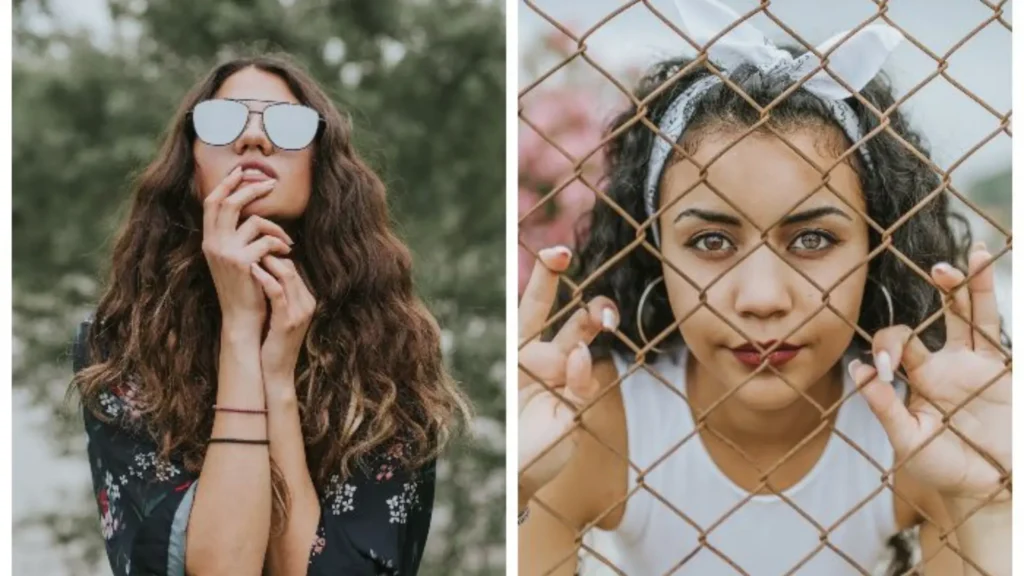
Throughout the year, some people need portrait photoshoots, such as models photoshoots, school students’ shoots, other working professionals’ shoots, etc.
2. Food photography
Have you seen those restaurant menus or social media ads with excellent photos of mouth-watering burgers and delicious-looking pasta? Well, that’s what restaurant photography is. Therefore, food photography is becoming the next big thing in photography.

Many restaurants and fast-food chains opt for professional food photography services to advertise their menu and attract customers.
3. Wedding photography
You were expecting it, weren’t you? Wedding Photography is by far one of the most utilized genres of photography and also a kind of different style of photography. From pre-wedding to wedding photoshoots, the memories of a wedding event rely upon a professional photographer.
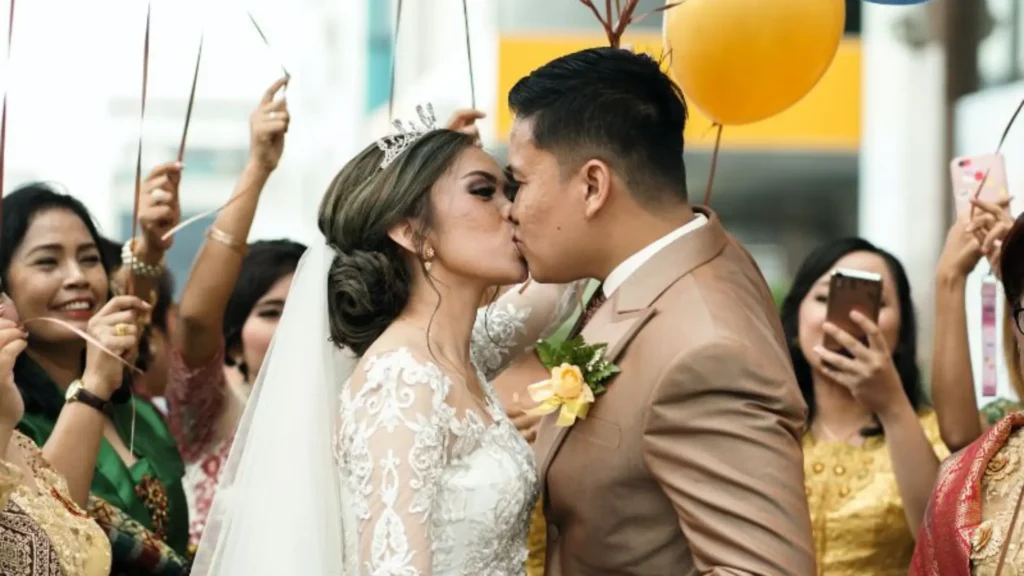
The Wedding Industry is one of the biggest industries; given the current situation, it is only expected to grow. So, becoming a wedding photographer might be a safe future bet.
4. Wildlife photography
This photography is quite crucial when we are taking about different types of photoshoots. Wildlife photoshoot is one of the 3 basic types of photography. It involves documenting wildlife in its “natural habitat.” Like all the different kinds of photography, Wildlife Photography offers a sense of adventure, maybe even more.
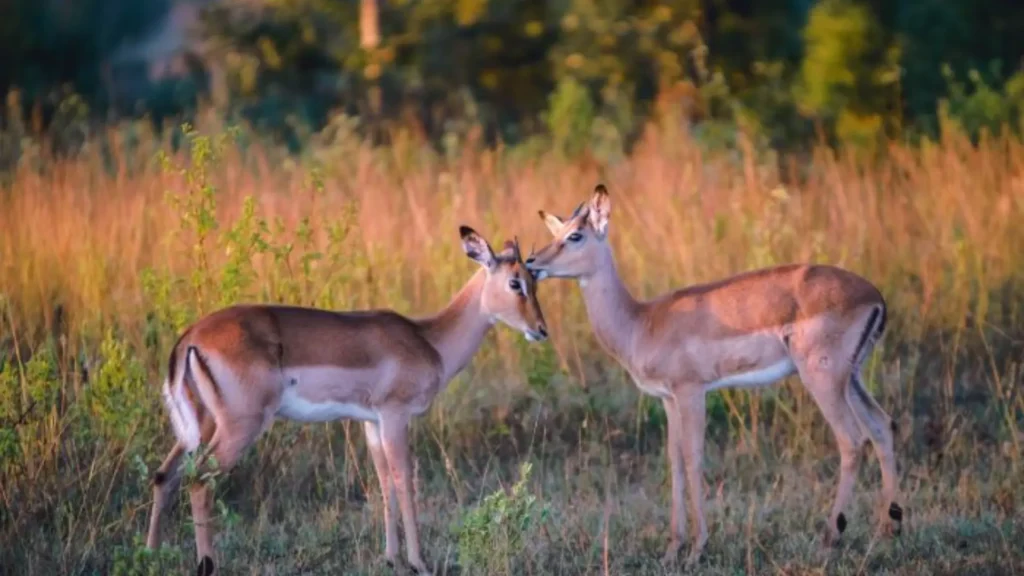
Wildlife Photography requires a skill set that distinguishes you from others already working in the field and documents the story of the wild in the most authentic way possible.
5. Event photography
One of the most efficient ways to use your photography skills and furnish them is by getting involved in Event Photography. Numerous different events happen every day. So, you can get images of events whenever you want.
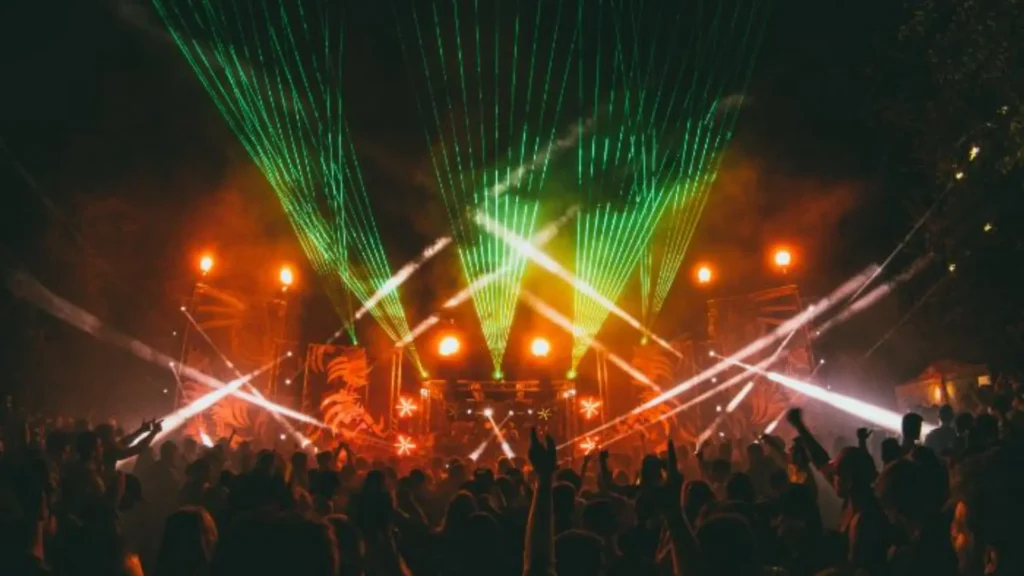
Whether it is a wedding, a seminar, a corporate event, or a press conference, photography professionals are always required to cover the events.
6. Newborn photography
Parenthood is considered one of a couple’s most challenging yet beautiful parts. So, most parents opt for newborn photography to document a child’s journey.
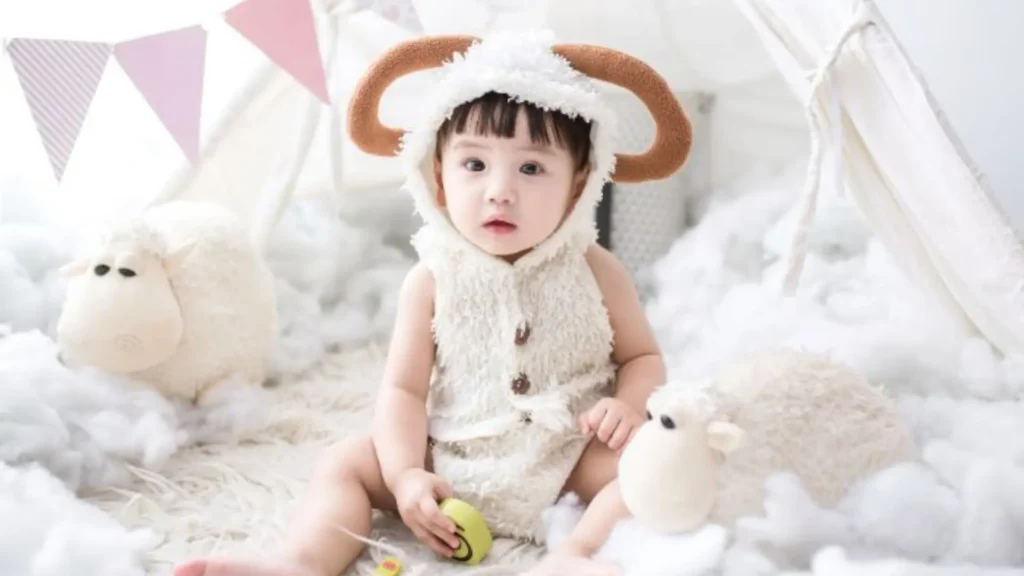
Usually, a couple starts capturing those moments with a maternity photoshoot, and once the child is introduced to the family, they opt for a newborn photo shoot.
7. Photojournalism
Photojournalism is the art of storytelling with the help of pictures. A famous saying in the photography industry is, “A picture is worth a thousand words.”
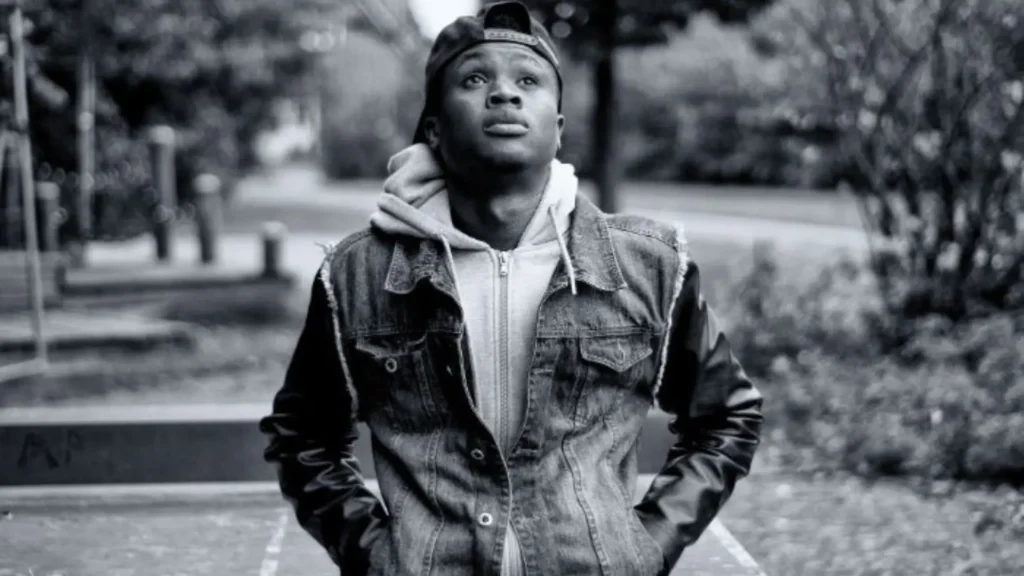
The statement couldn’t have been truer for this specific genre. A photographer is supposed to take photos of events or scenarios, a photo that tells a story.
8. Architecture photography
Unlike other kinds of photography mentioned in the list, this one is a little laid back. Architecture Photography is a genre of photography in which a professional is supposed to take pictures of aesthetically pleasing buildings and monuments.
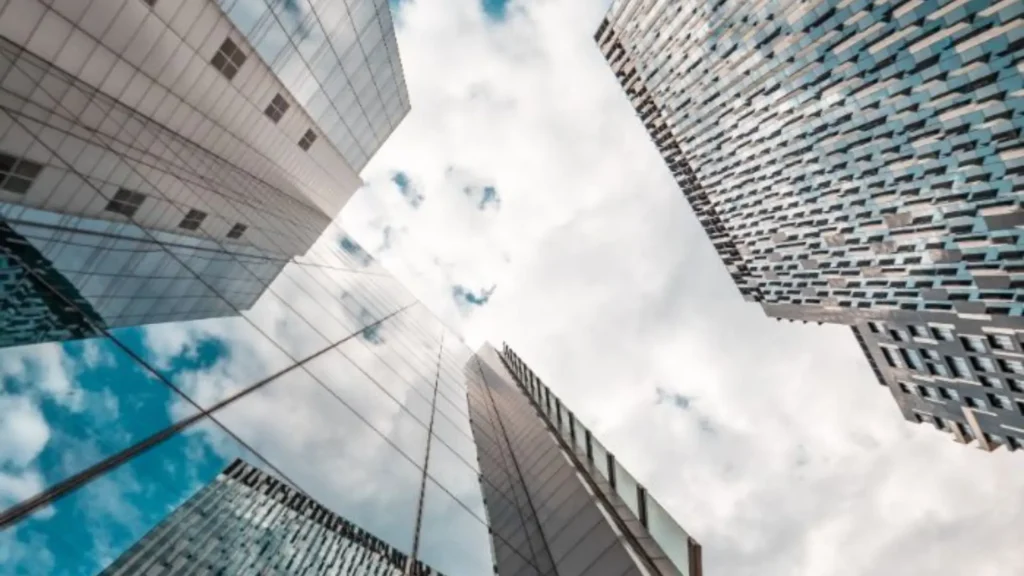
The purpose of this genre is to capture the photos of structures in their entirety.
9. Sports photography
In journalism, a professional can opt for different types of photoshoots. While some choose to capture events and celebrities, some go for sports. Sports photography has been in fashion for a long time.
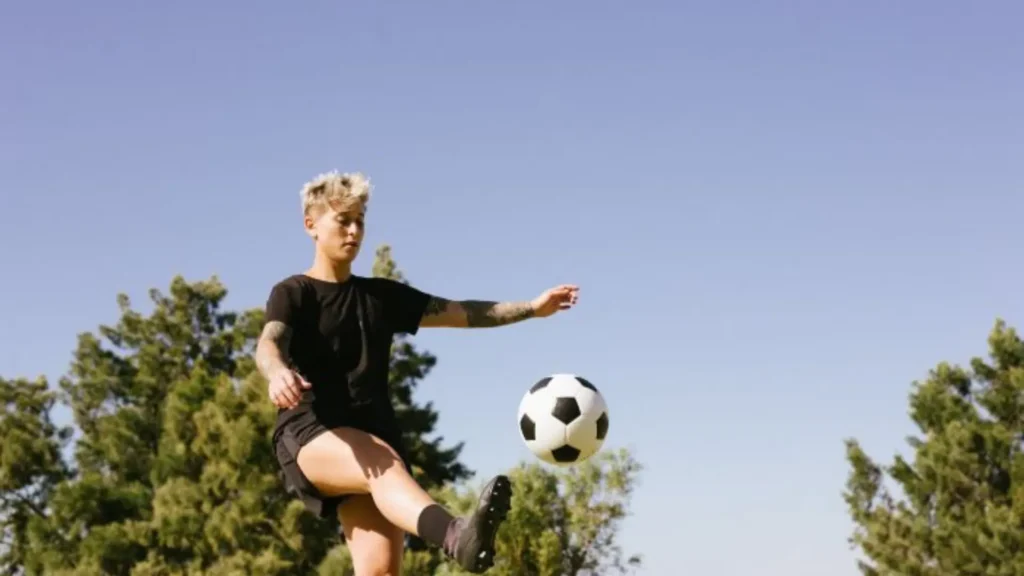
Since the enthusiasm for sports in people is increasing daily, the demand for sports photographers is also on the rise.
10. Fashion photography
If the types of photography genres mentioned above did not interest you, this one might catch your interest.
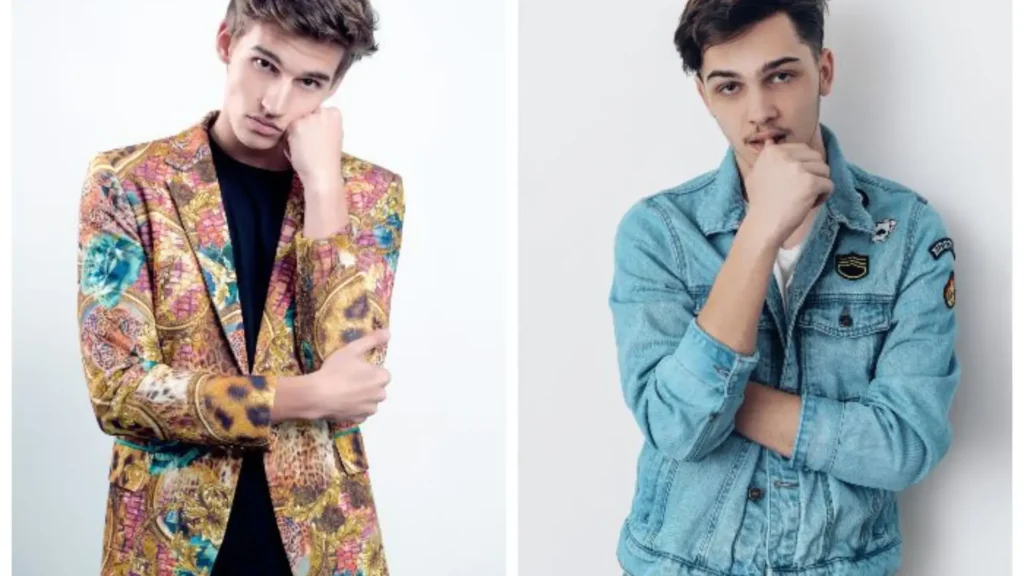
The fashion industry is an ever-booming industry that can help a photographer earn fame only if he knows the right buttons to push. The genre is dedicated to photographing clothing, jewelry, and other accessories.
11. Golden hour photography
In the photography world, there’s a saying that “The most magical pictures are captured during the Golden Hours.”
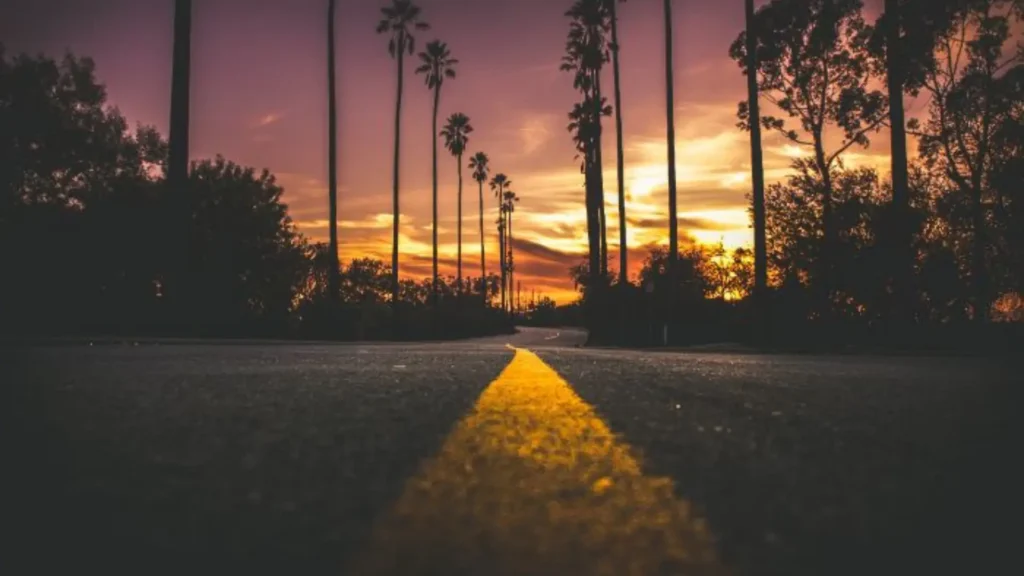
Golden Hour Photography is one of many kinds of photography where, taking pictures during sunrise and sunset when the rays from the sun appear golden and orange. This type of photography depends upon time, location, and weather. For those seeking inspiration or breathtaking visuals, incorporating the mesmerizing charm of golden mornings into ‘good morning nature images’ can evoke a sense of tranquility and beauty. Once you master the art of golden art photography, you can create a fantastic portfolio for yourself. There are different ways to utilize golden hour, for example, taking silhouettes, utilizing sun flares, capturing glowing photos, and many more.
12. Pet photography
Many pet owners around the world love to get their pooch captured in a frame. And not only just owners but also NGOs, Animal Shelters, and Volunteers are on a constant hunt for professional photographers who can help photograph animals.
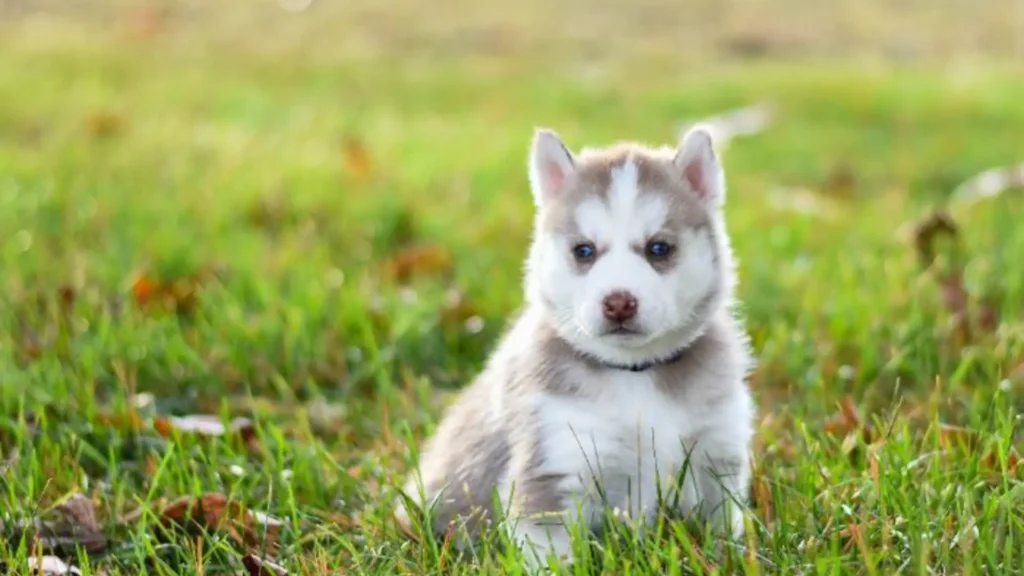
Unlike other kinds of photography, Pet photography is a stress reliever and allows you to meet and bond with different animals.
13. Travel photography
As the name suggests, this type of photography allows the photographer to explore the world. Whether photographing beautiful landscapes, faces, sculptures, traditions, or documenting slums, or brothels, Travel Photography allows connecting with the world through a lens.
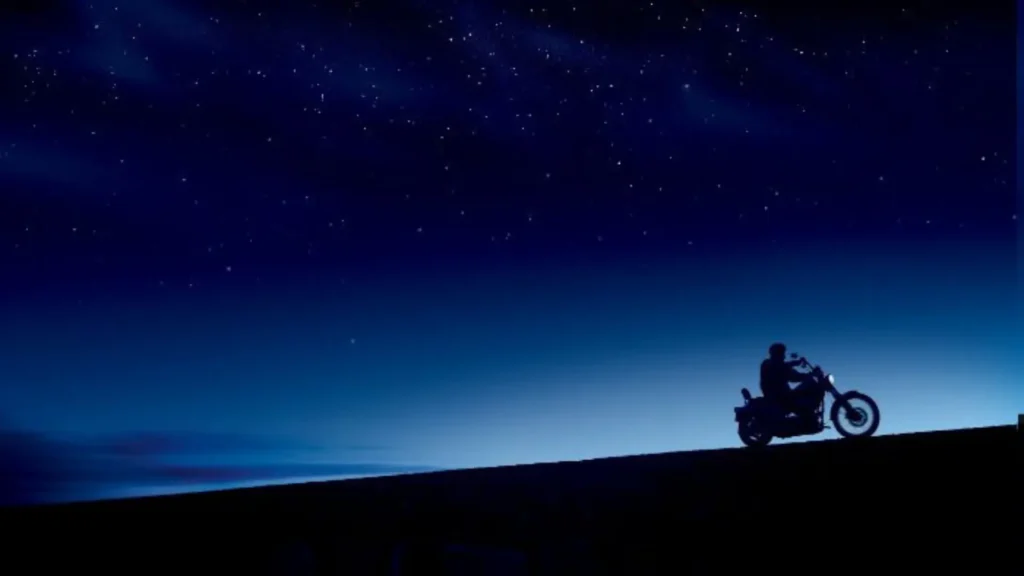
If you choose to master travel photography, then you get to move a lot and see different places.
14. Product photography
This type of photography deals with capturing a product’s image most appealingly. Product Photography is used in advertising and is commonly called Commercial Photography.

To master this photography, a professional has to have experience working in a studio setup and knowledge about three-point lighting.
15. Real-estate photography
This type of photography is a sub-category of Product Photography. Real Estate Photography is clicking pictures of the property on lease or sale.

A photographer is supposed to take pictures of a building and its interior.
16. Adventure photography
Adventure photography is one of many photographys that focuses on capturing images of adventurous activities and outdoor pursuits.
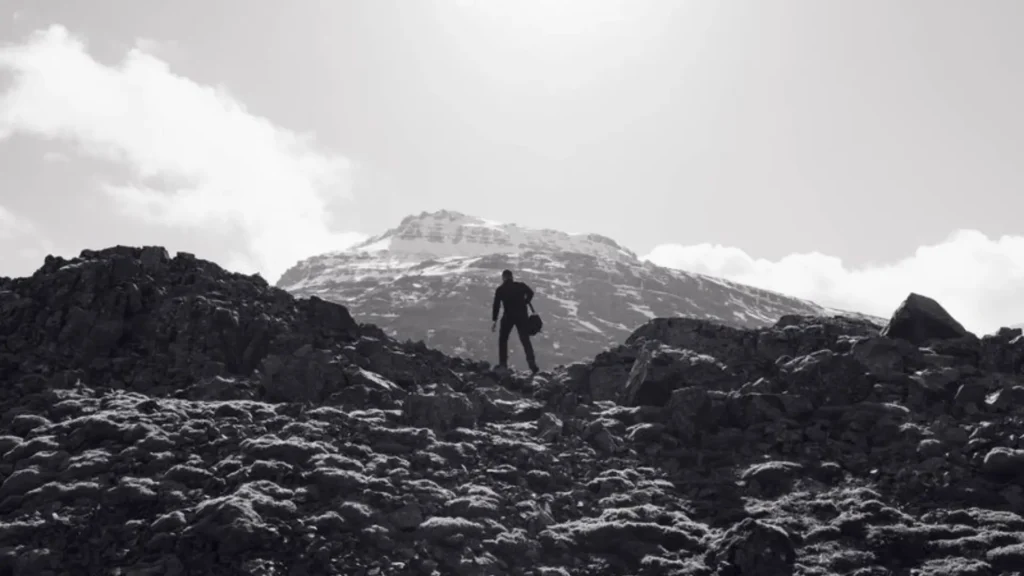
It involves documenting and showcasing the excitement, challenges, and natural beauty of various outdoor adventures, such as rock climbing, hiking, skiing, surfing, mountaineering, and other adrenaline-inducing activities.
17. Black and white photography
It won’t be wrong to argue that Black and White Photography is one of the most popular genres of photography.
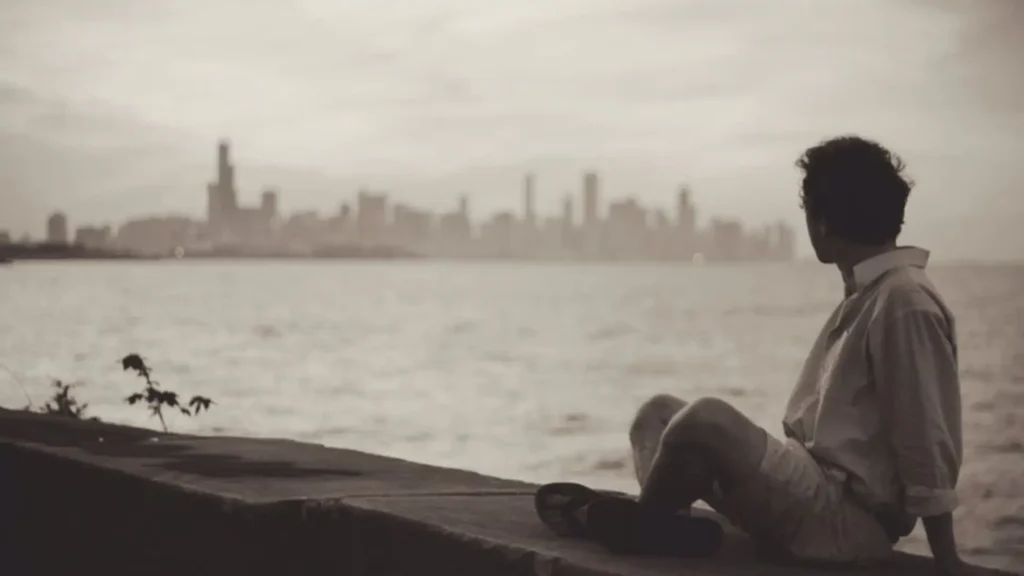
Since the dawn of photography, people have found B&W Photos much more captivating than colored images.
18. Corporate photography
This genre focuses on business photography.

These include all the corporate headshots and team pictures
19. Candid photography
Candid Photography is one of people’s favorite genres of photography.
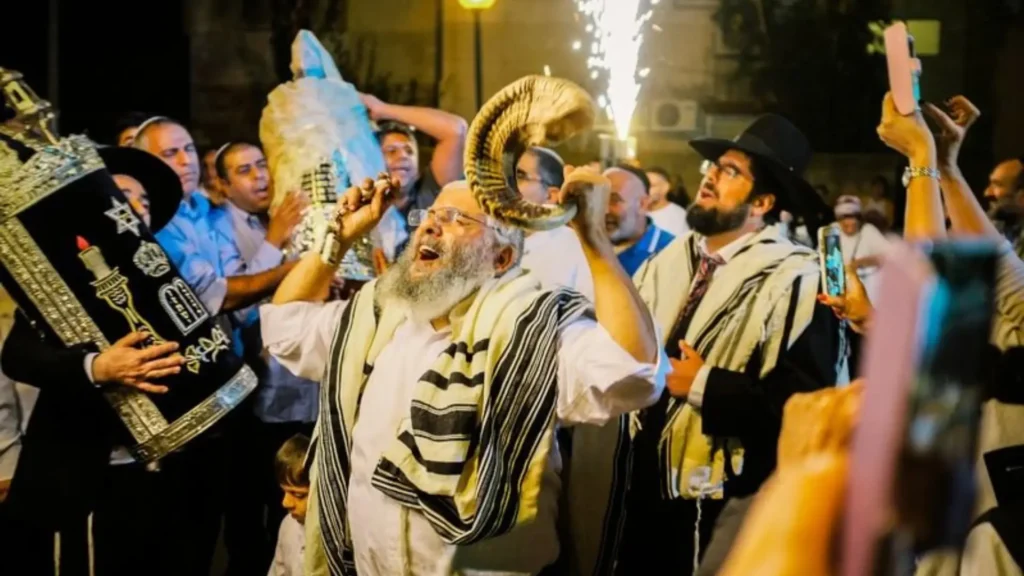
This might be because, with this style, photographers can capture the essence and emotion of the moment.
20. Cityscape photography
Cityscape photography is a genre that focuses on capturing images of urban landscapes, typically showcasing the skyline, buildings, streets, and other architectural elements of a city.
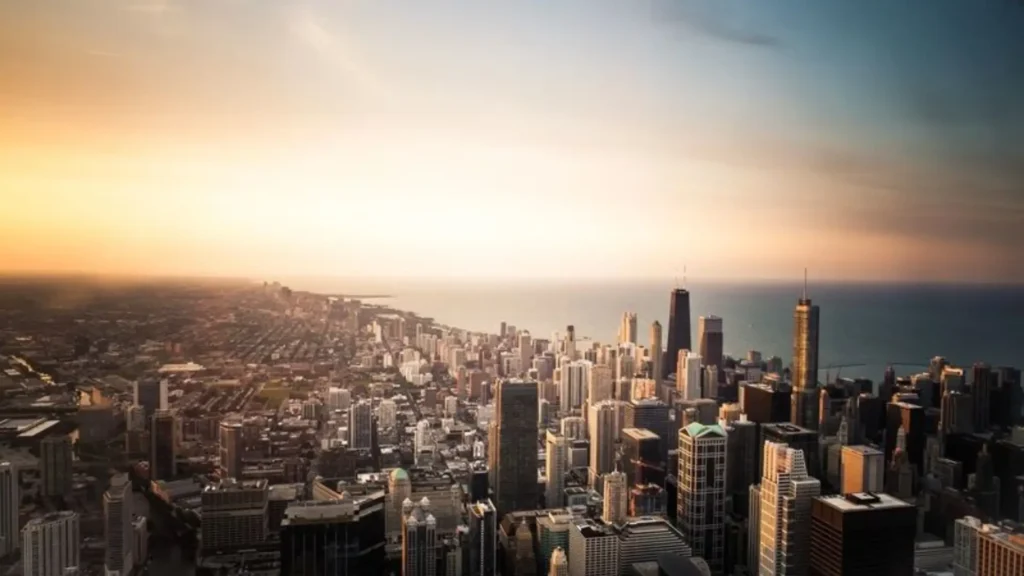
It aims to capture the essence and character of a city, highlighting its unique architectural features, city lights, and bustling urban life.
21. Double exposure photography
The photographer can portray two things in a single photo in this genre. This technique is called double exposure.
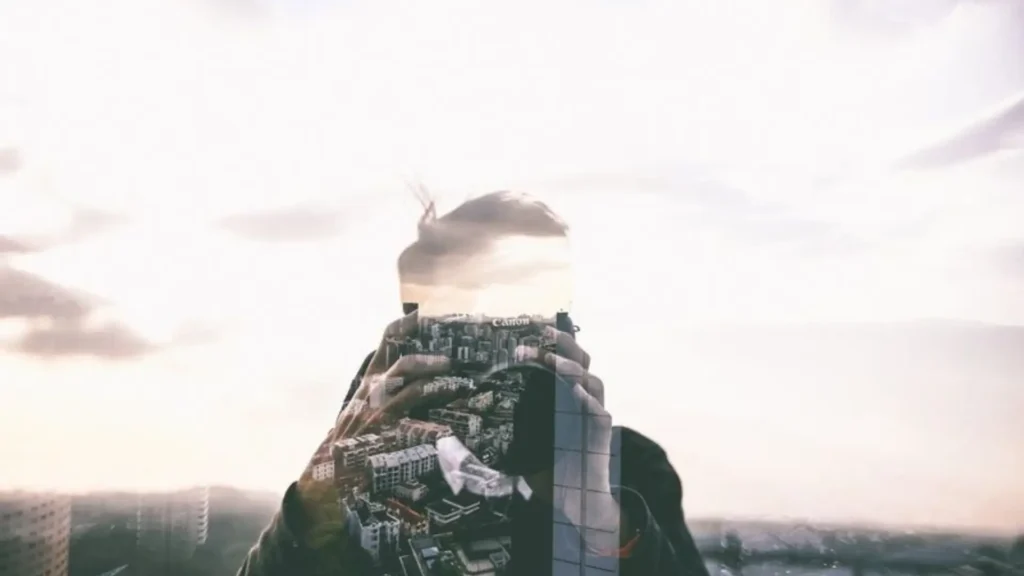
This is done by taking two different images and merging them in such a way that they look artsy.
22. Fine art photography
Fine art photography refers to creating photographic images intended for artistic expression rather than purely documentary or commercial purposes.
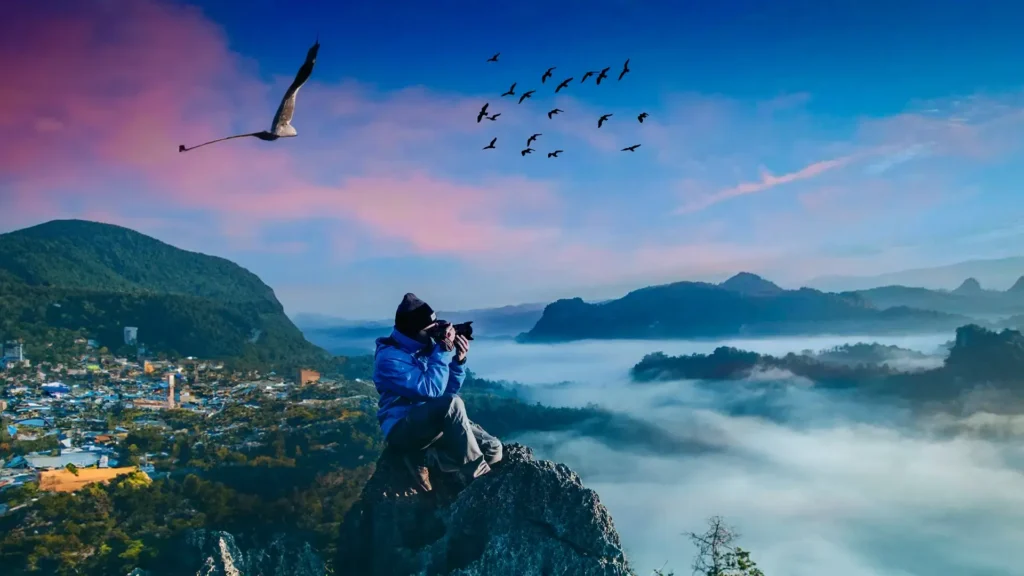
It is a form of photography where the photographer’s artistic vision and creative interpretation take precedence over capturing objective reality.
23. Advertising or lifestyle photography
Advertising photography is a genre of photography that focuses on capturing images to promote a product, brand, or lifestyle.

It is commonly used in advertising campaigns, marketing materials, and commercial projects to create visually compelling and persuasive content.
24. Aerial photography
Aerial photography captures photographs from an elevated position, typically from an aircraft, drone, or other aerial platforms. There are also types of aerial photography. They are generally classified as vertical or oblique. A vertical one involves camera axis directed toward the ground in a vertical manner. An oblique photograph involves camera axis being set up at an inclination to the ground.
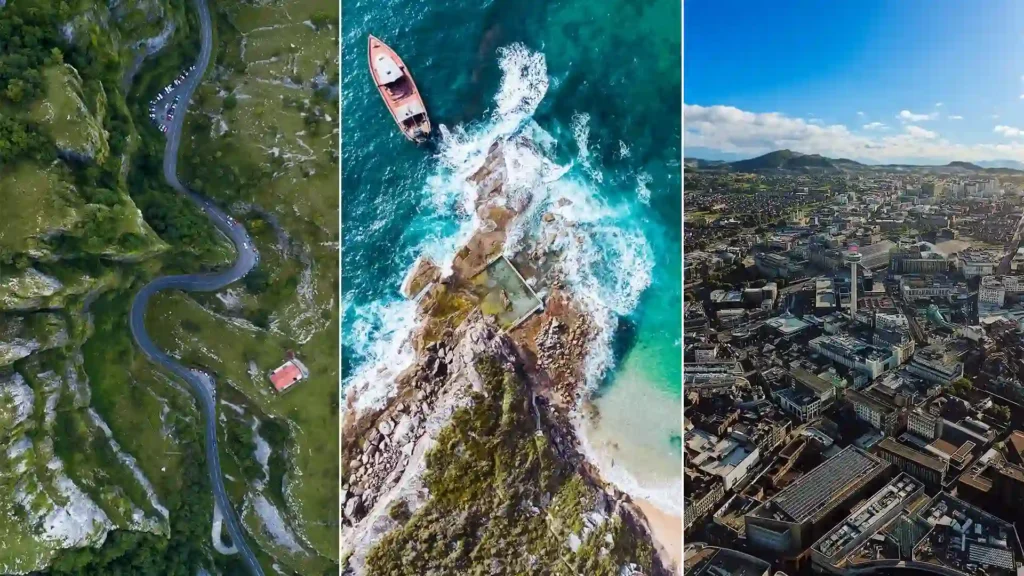
It involves capturing images of the Earth’s surface from above, providing a unique and often dramatic perspective.
25. Scientific or special photography
Scientific photography, also known as exceptional photography in a field, refers to the application of photography in scientific and other technical areas to document, record, and analyze subjects or phenomena for research, documentation, or communication purposes.
It involves using specialized photographic techniques, equipment, and settings to capture accurate, precise, and objective images.
26. Stock photography
Stock photography is a collection of pre-existing photographs licensed for specific uses, such as commercial or editorial purposes.

These photos are captured by photographers and made available for licensing through stock photography agencies or websites.
27. Digital photography
Digital photography involves capturing, storing, and manipulating images using digital technology.
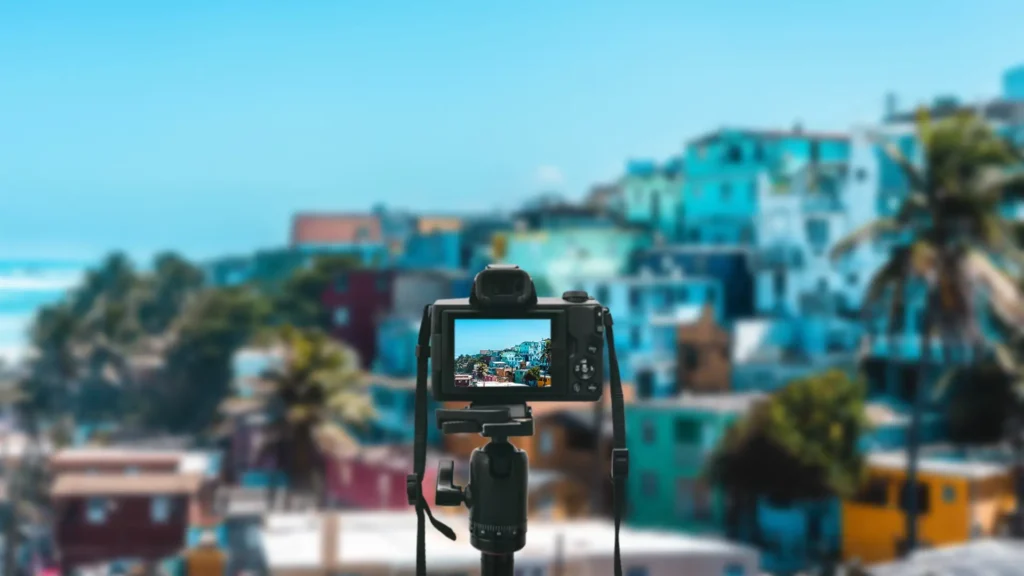
Unlike traditional film photography, which uses chemical processes to develop and produce images, digital photography relies on electronic image sensors and digital memory to capture and store photographs.
28. Film photography
Film photography refers to capturing images using a traditional film camera and photographic film.
It involves using photosensitive film coated with light-sensitive chemicals to record and preserve the image.
29. Pinhole photography
Pinhole photography is a unique and creative form that uses a simple pinhole aperture instead of a lens to capture images.
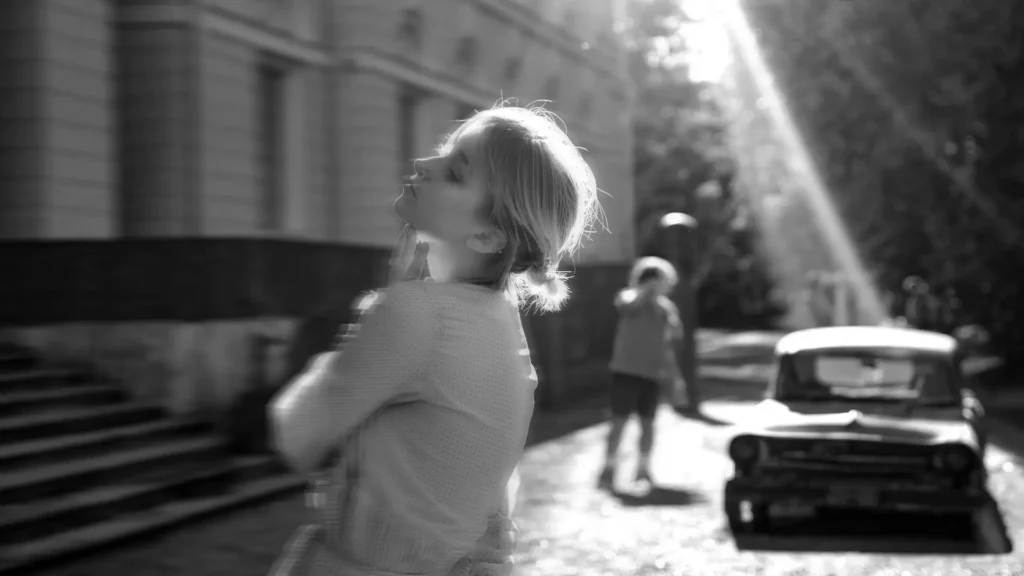
It involves creating a lightproof box or camera with a tiny hole, often made by piercing a thin piece of metal or cardboard instead of a lens.
30. Self-portrait photography
Self-portrait photography refers to capturing photographs in which the photographer is the image’s subject.
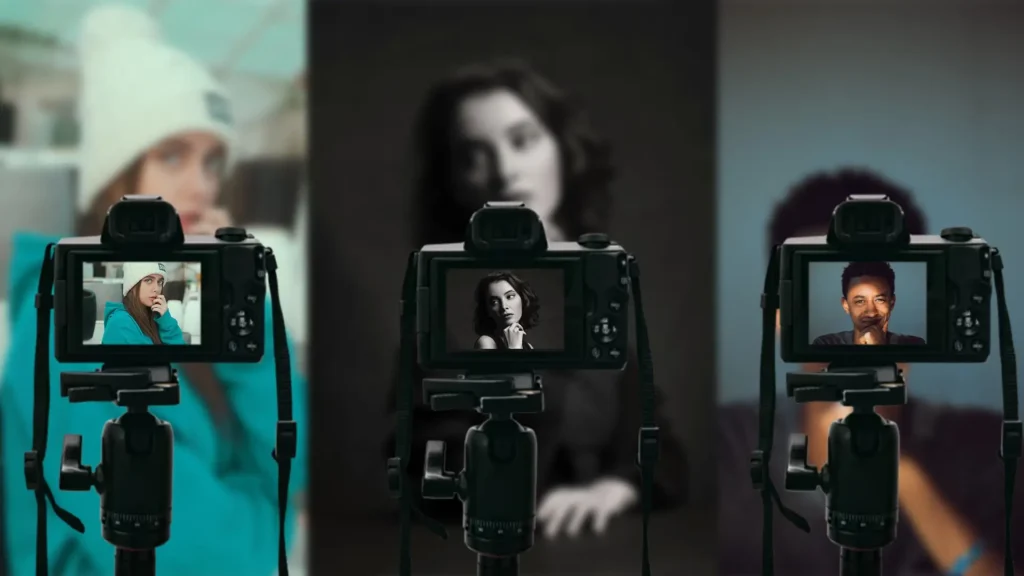
It involves photographing oneself by holding the camera or using a tripod and timer or remote control.
31. Music photography
Music photography, also known as concert or band photography, is a specialized genre of photography that focuses on capturing images of musicians, bands, concerts, and music-related events.
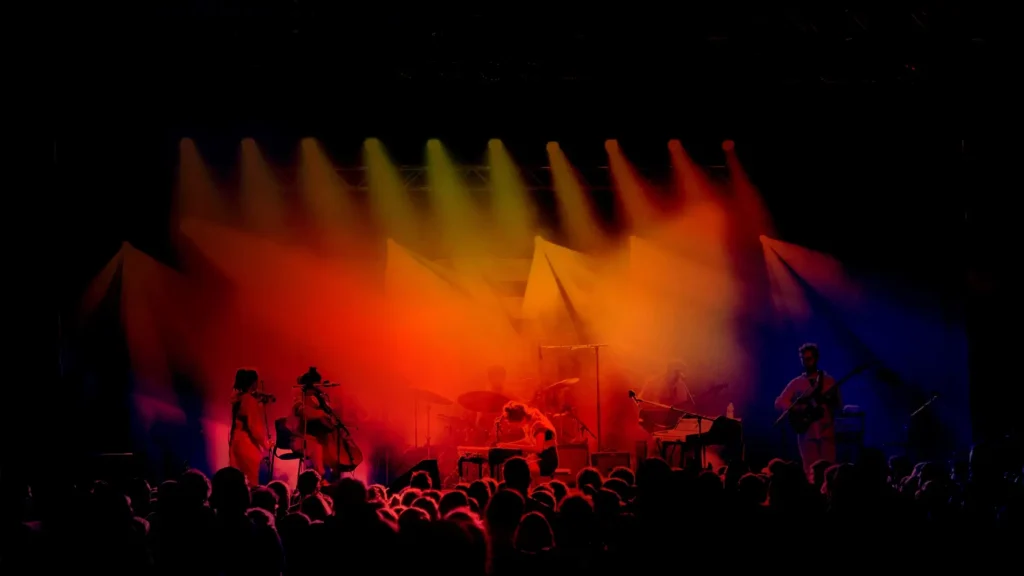
These photographers aim to visually document live performances, backstage moments, album cover shoots, promotional images, and other aspects of the music industry.
32. Family photography
Family photography is a genre of photography that focuses on capturing images of families and their relationships.
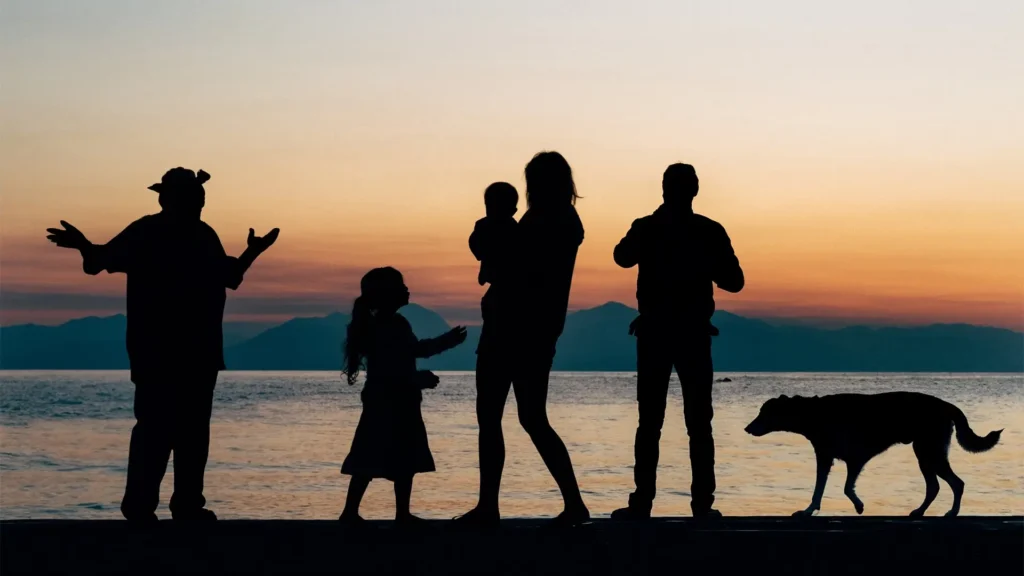
It involves photographing families in various settings, such as at home, outdoors, or studio, to document and preserve their special moments and milestones.
33. Child photography
Child photography, also known as children’s or kid’s photography, is a genre that focuses on capturing images of children.
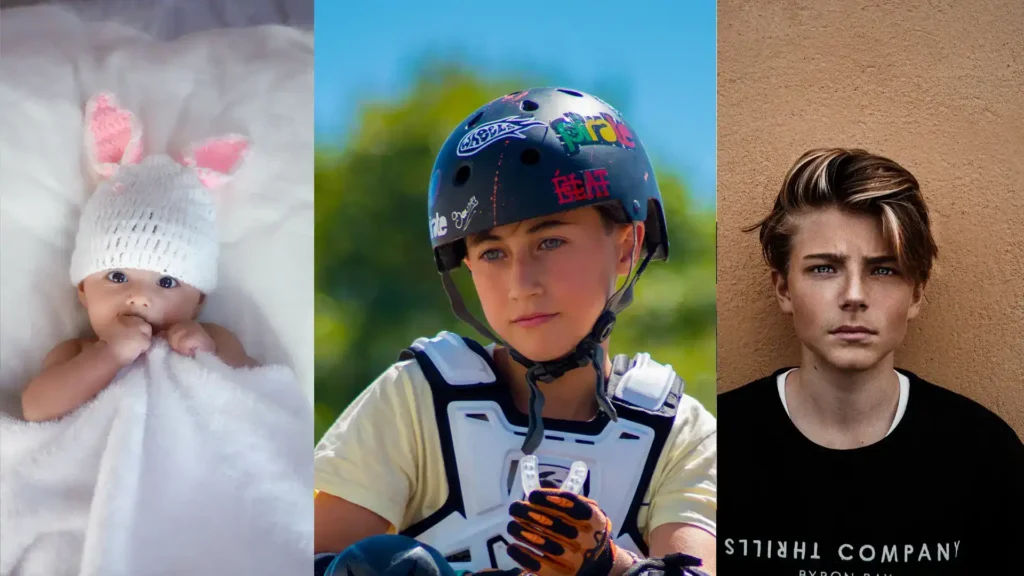
It involves photographing children of all ages, from newborns to teenagers, to document their growth, personality, and unique moments.
34. Headshot photography
Headshot photography is a specific genre that focuses on capturing portraits of individuals, typically from the shoulders up, with the main emphasis on their faces.
Headshots are commonly used for professional purposes, such as actors, models, corporate professionals, and individuals in the entertainment industry.
35. Crystal Ball photography
Crystal ball photography, also known as crystal ball refraction photography or crystal ball lensing, is a creative photography technique in which a crystal ball or glass sphere is used to capture unique and distorted images.
The crystal ball acts as a magnifying glass, bending and refracting the light as it passes through, resulting in exciting and surreal effects.
36. Glamor photography
Glamour photography is a genre that focuses on creating captivating and visually stunning images of individuals, often emphasizing their beauty, allure, and sensuality.
It combines styling, lighting, posing, and post-processing techniques to create glamorous and glamorous-like images.
37. Landscape photography
Landscape photography is a genre of photography that focuses on capturing images of natural landscapes, such as mountains, forests, seascapes, and other scenic environments.
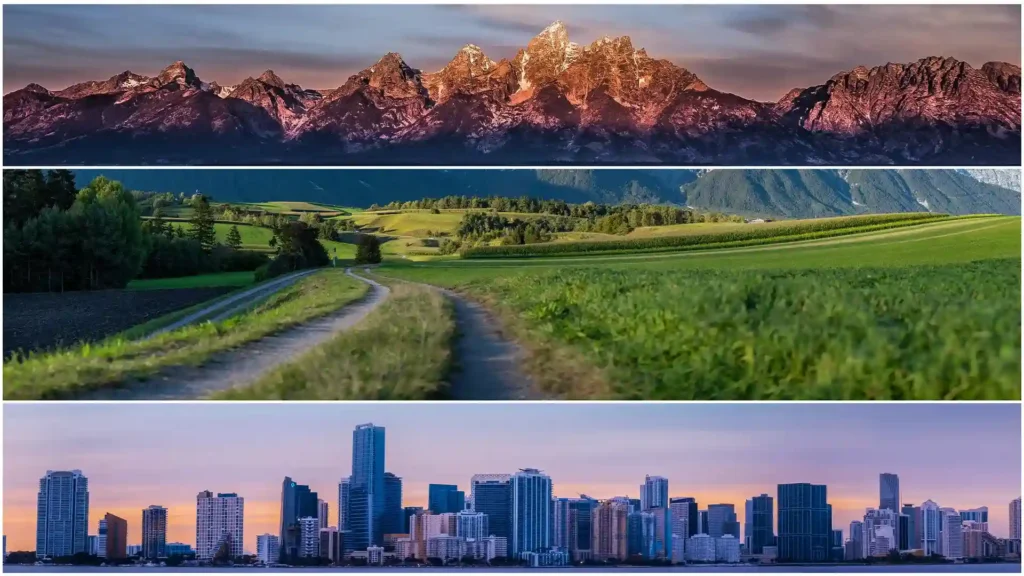
It aims to convey the natural world’s beauty, grandeur, and essence.
38. Bird photography
Bird photography is a specialized genre of wildlife photography that focuses on capturing images of birds in their natural habitats.
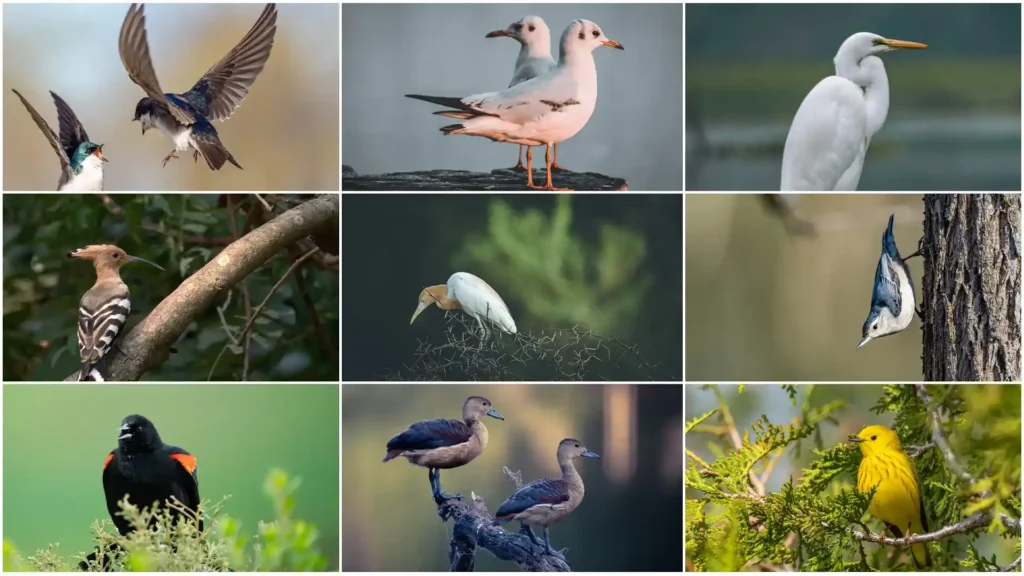
It involves photographing a wide variety of bird species, from small songbirds to large birds of prey, with the goal of documenting their behavior, flight, plumage, and unique characteristics.
39. Macro photography
Macro photography is a genre that focuses on capturing extreme close-up images of small subjects, often showcasing intricate details that are not visible to the naked eye.
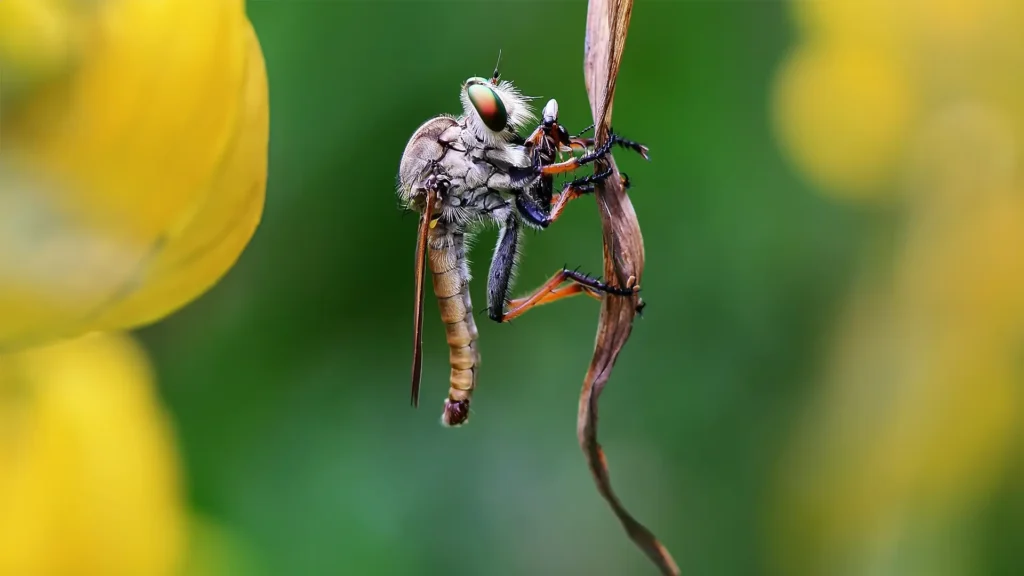
It involves using specialized macro lenses or extension tubes to achieve high magnification ratios, allowing photographers to capture subjects at a 1:1 or greater ratio.
40. Sunset photography
Sunset photography is a genre that focuses on capturing the beauty and ambiance of the setting sun.
It involves photographing the sky and landscape during the golden hour, shortly before and after the sun sets, resulting in warm and soft light with vibrant colors.
41. Ocean photography
Ocean photography is a genre that focuses on capturing images of the ocean and its elements.
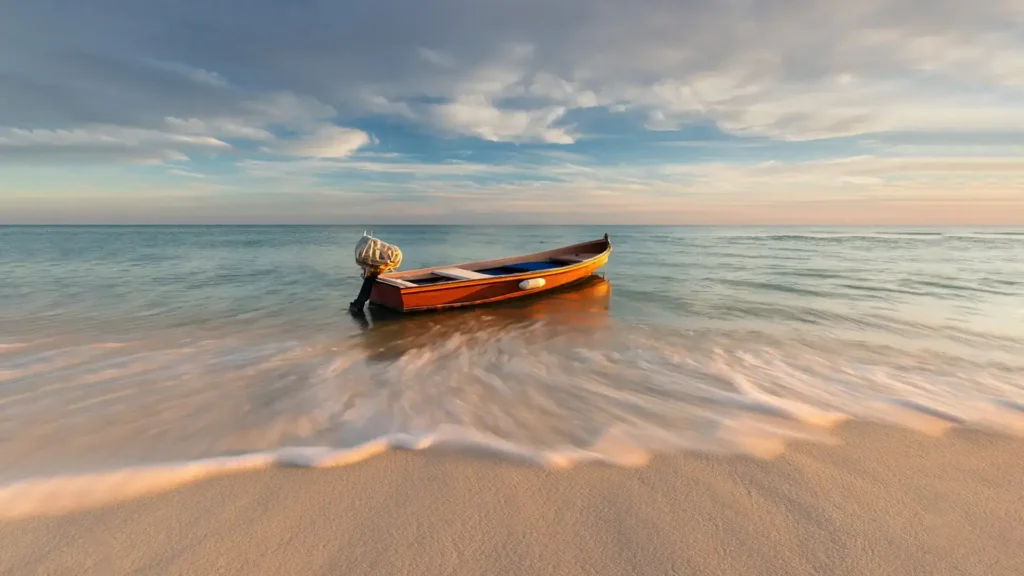
It involves photographing various aspects of the ocean, such as waves, shorelines, marine life, seascapes, and underwater scenes.
42. Underwater photography
Underwater photography is a specialized genre that captures images and videos submerged in water.
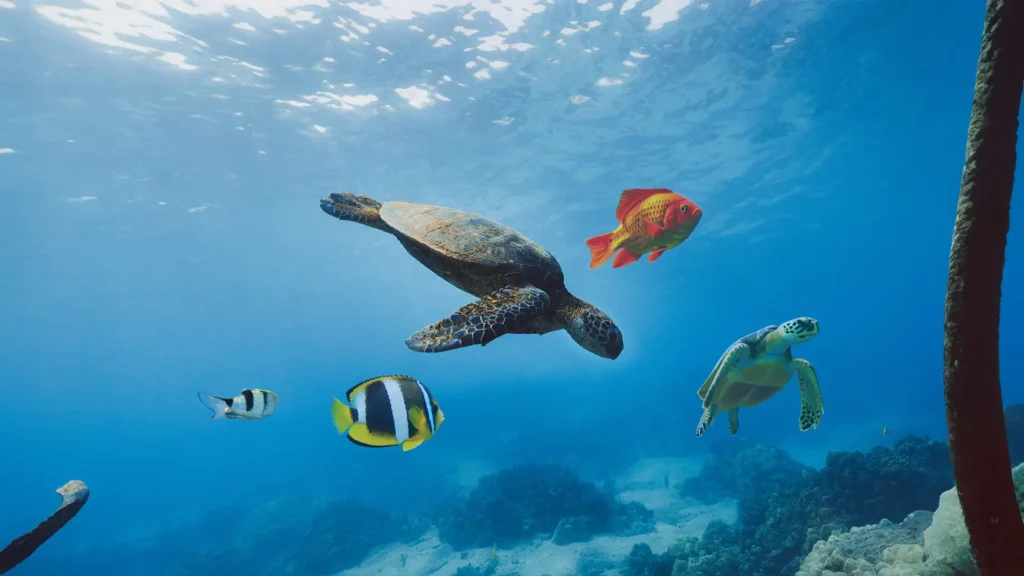
It encompasses capturing the beauty and diversity of marine life, underwater landscapes, and underwater activities.
43. Drone photography
Drone photography is a genre that involves capturing aerial images and videos using unmanned aerial vehicles (UAVs), commonly known as drones.
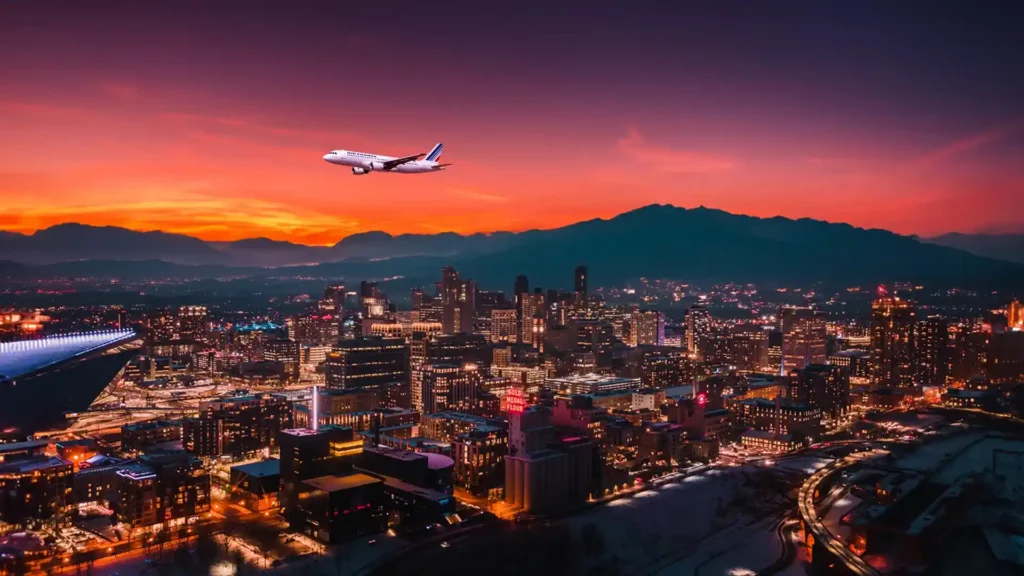
It offers a unique perspective by providing a bird’s-eye view of landscapes, architecture, events, and other subjects.
44. Astrophotography
Astrophotography is a specialized genre of photography that focuses on capturing images of celestial objects and astronomical phenomena.
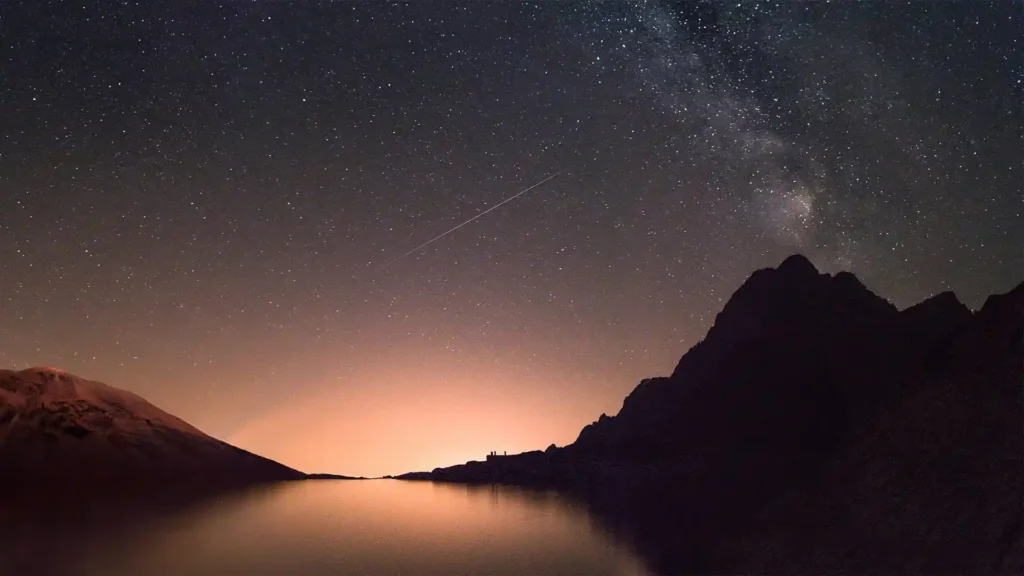
It involves photographing the night sky, including stars, planets, galaxies, nebulae, and other astronomical subjects.
45. Panorama photography
Panorama photography is a technique that involves capturing a wide-angle view of a scene or landscape and combining multiple images into a single panoramic image.
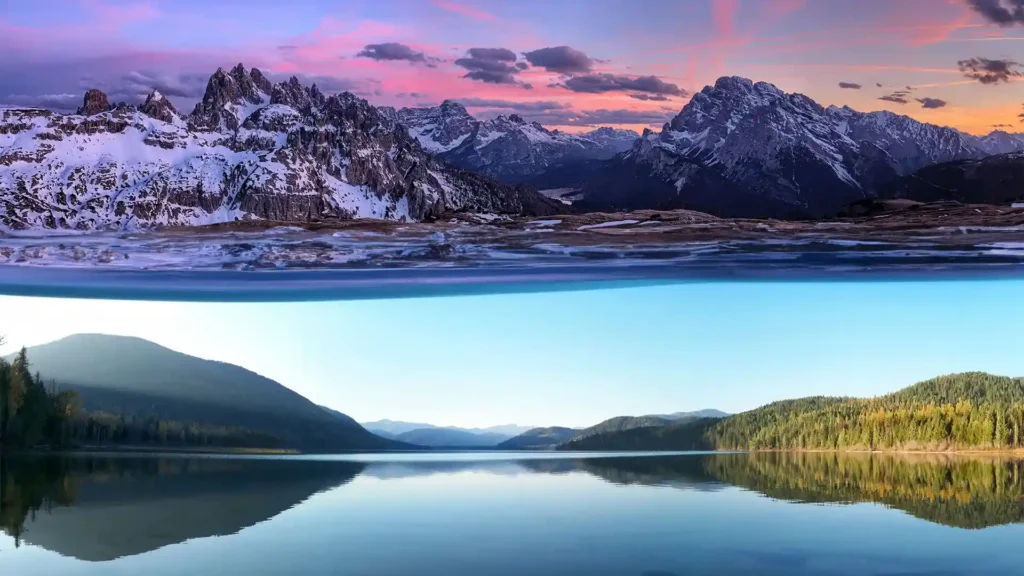
It aims to create a seamless and expansive representation of a wide field of view, allowing viewers to experience the scene as if they were at the location.
46. Documentary photography
Documentary photography is a genre that focuses on capturing images to document and tell a story about real-life situations, events, or people.
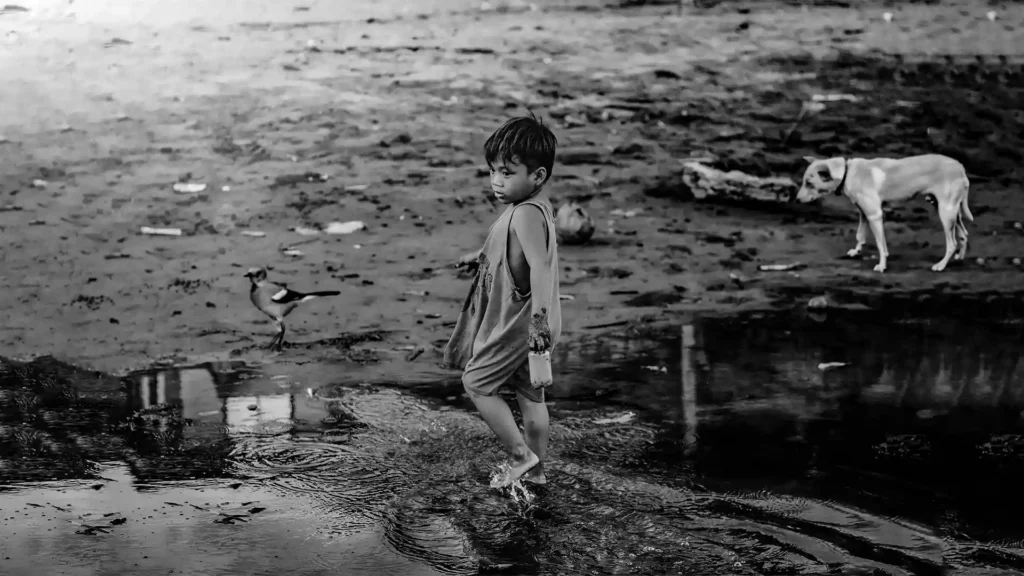
It involves photographing subjects in their natural environment, unposed and without alteration, to provide an authentic and unbiased representation of reality.
47. Street photography
Street photography is a genre of photography that captures candid moments of everyday life in public spaces, typically in urban environments.
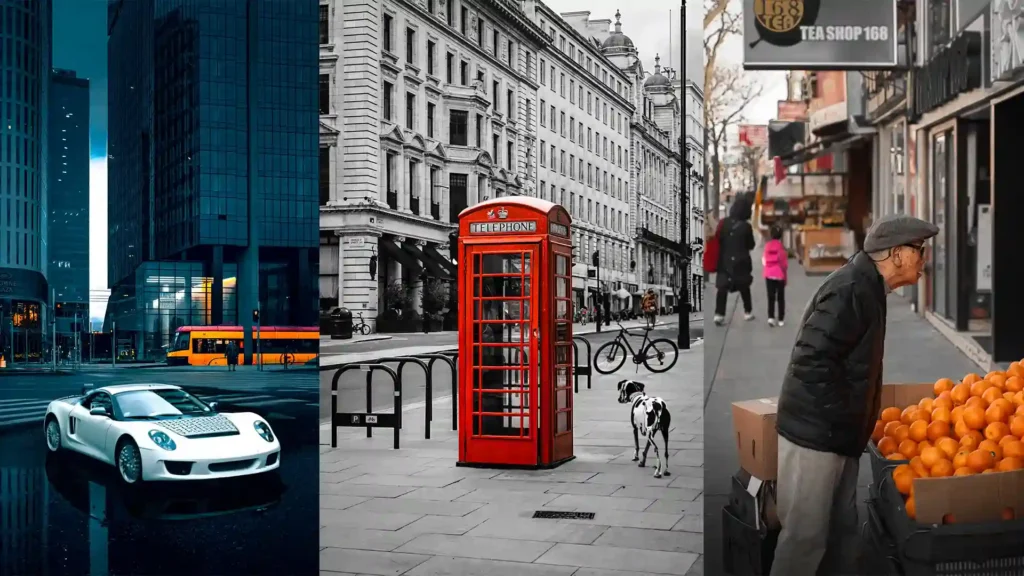
It aims to document the human condition, street scenes, culture, and interactions between people and their surroundings.
48. Urban exploration photography
Urban exploration photography, also known as urbex photography, is a genre that involves exploring and photographing abandoned or off-limits urban spaces, such as abandoned buildings, factories, tunnels, or other forgotten structures.
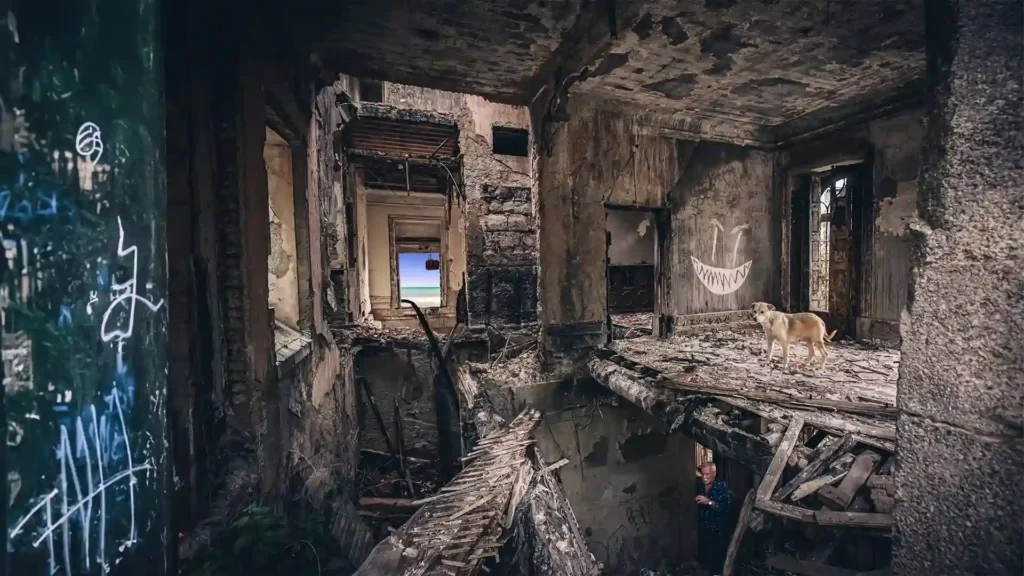
It aims to capture these hidden places’ beauty, decay, and history.
49. Editorial photography
Editorial photography is a genre that focuses on capturing images to accompany and enhance a story or editorial content in newspapers, magazines, or online publications.
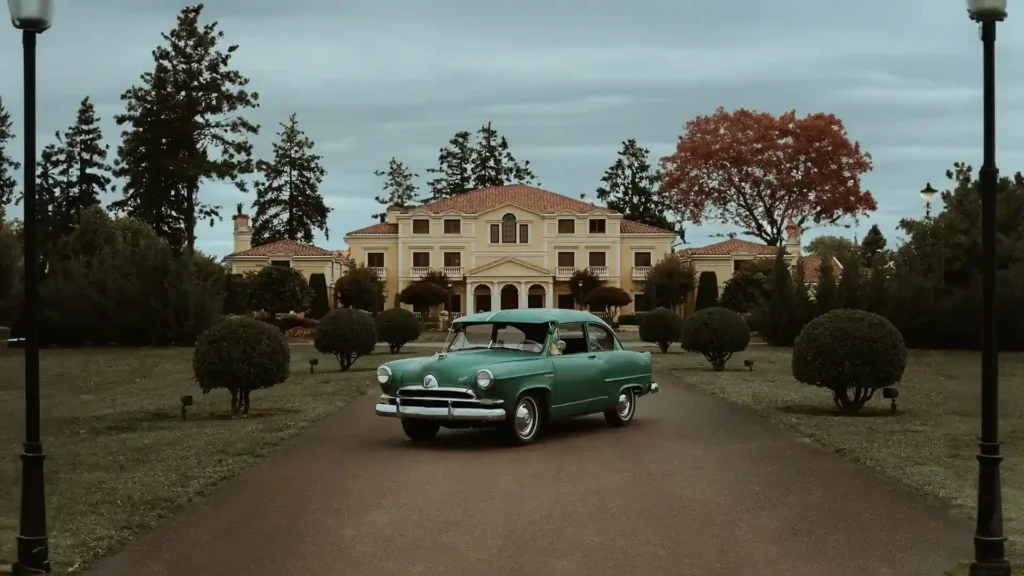
It aims to visually convey the article’s or editorial piece’s message or theme.
50. War photography
War photography is a genre that involves documenting armed conflicts, military operations, and their impact on people, societies, and the environment.
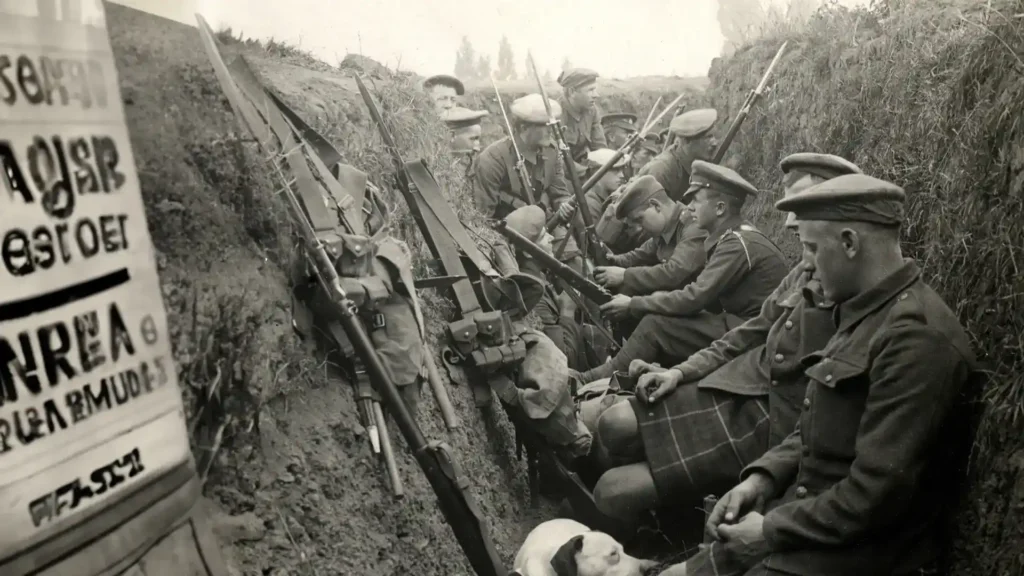
These photographers risk their lives to capture compelling images that bring the realities of war to the public’s attention.
51. Action photography
Action photography is one of many types of photography that focuses on capturing images of fast-paced and dynamic subjects engaged in action.
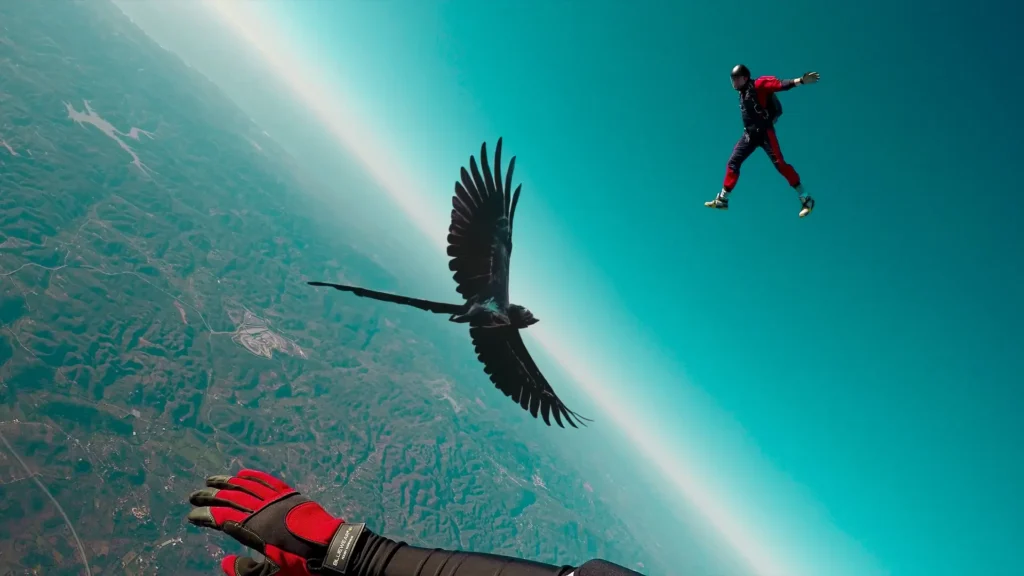
It involves freezing the motion of subjects involved in sports, events, wildlife, or any activity that requires movement and energy.
52. Still-Life photography
Still-life photography is one of many types of photography that focuses on capturing images of inanimate objects, typically arranged in a deliberate composition.

It involves creating visually appealing and thought-provoking images of everyday objects, such as flowers, fruits, food, household items, or artistic elements.
53. Abstract photography
Abstract photography is one of many types of photography that explores the use of colors, shapes, lines, and textures to create non-representational images or depart from the traditional interpretation of reality.
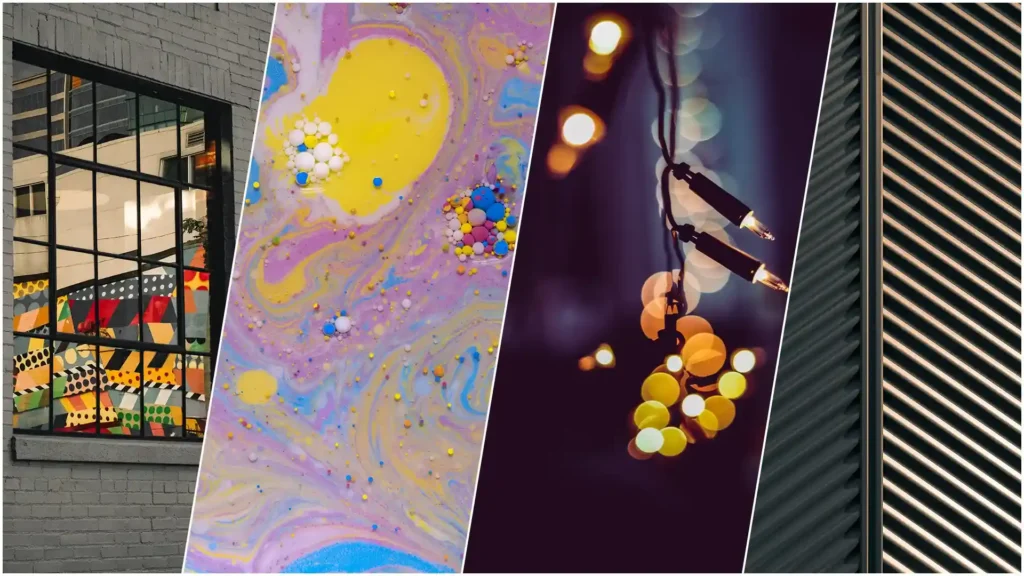
It focuses on capturing elements of the subject or scene to emphasize form, pattern, and visual elements rather than depicting identifiable objects.
54. Minimalist photography
Minimalist photography is one of many types of photography that emphasizes simplicity, clean lines, and a minimalistic approach to composition.
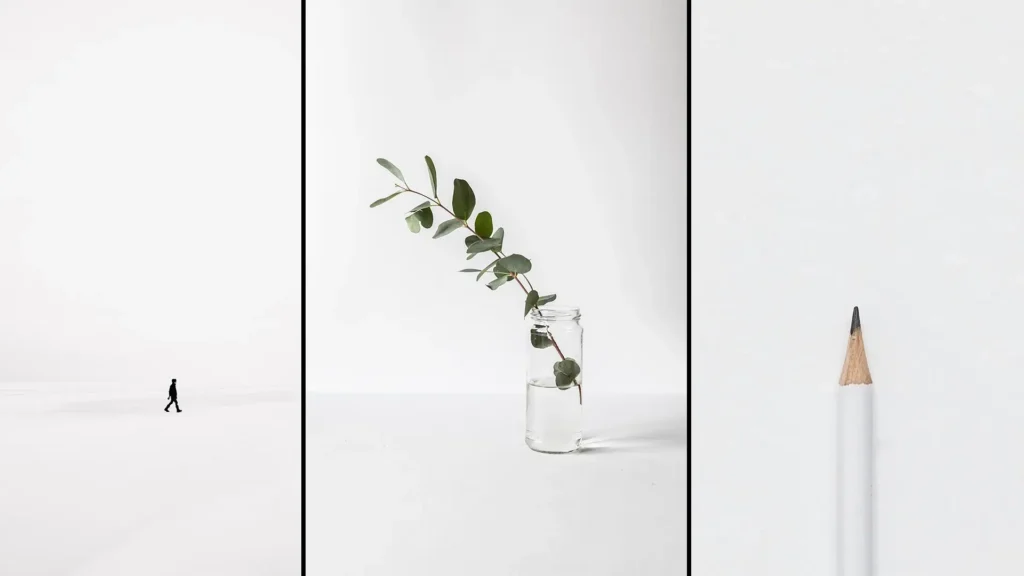
It involves capturing images focusing on minimal elements, negative space, and strong visual impact.
55. Fantasy photography
Fantasy photography is one of many types of photography that explores imaginative and fantastical elements in photography.
It involves creating images depicting fictional or surreal scenes, often inspired by mythology, fairy tales, dreams, or the fantastical realm.
56. Multiple exposure photography
Multiple-exposure photography is one of many kinds of photography that involves combining two or more exposures in a single image.
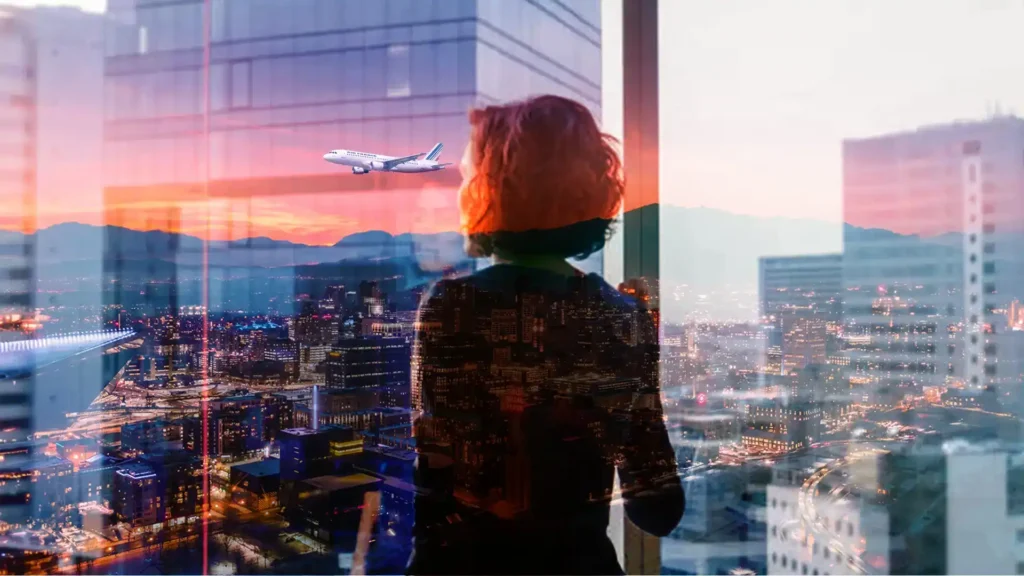
It allows photographers to overlay elements or scenes onto a single frame, creating unique and artistic compositions.
57. Composite photography
Composite photography is very important when we discuss types of photography. It is a technique that involves combining multiple images or elements to create a final composite image.

It allows photographers to merge elements, such as subjects, backgrounds, textures, or special effects, into a cohesive and visually compelling composition.
58. Time-Lapse photography
Time-lapse photography is one of the branches of photography that involves capturing a series of images at set intervals over some time and then playing them back as a sequence, creating the illusion of time passing quickly.
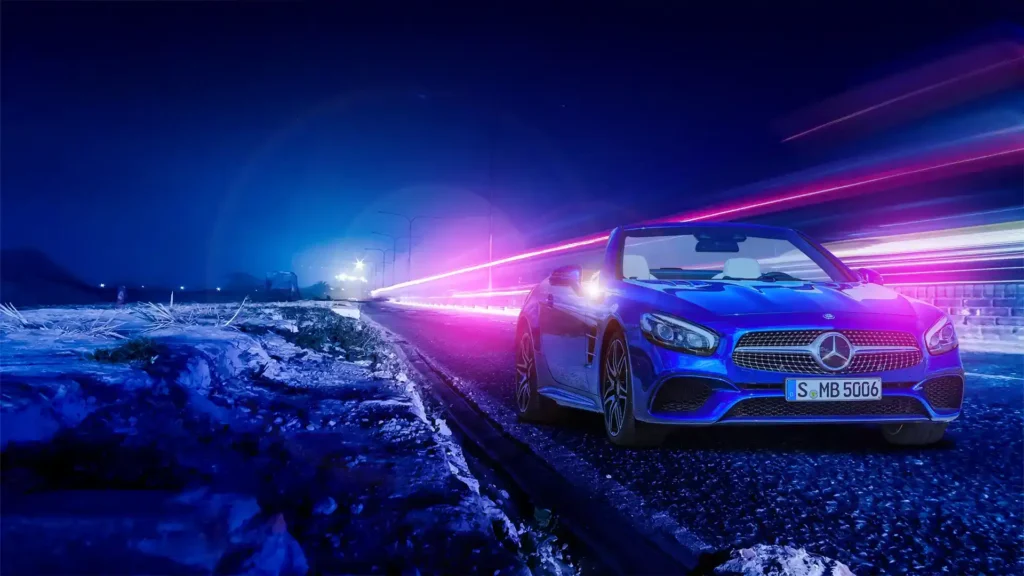
It allows for the visualization of slow processes, changes, or events over an extended duration in a condensed and visually engaging manner.
59. Long exposure photography
Long-exposure photography is one of many types of photography that involves using longer shutter speeds to capture images with an extended exposure time.
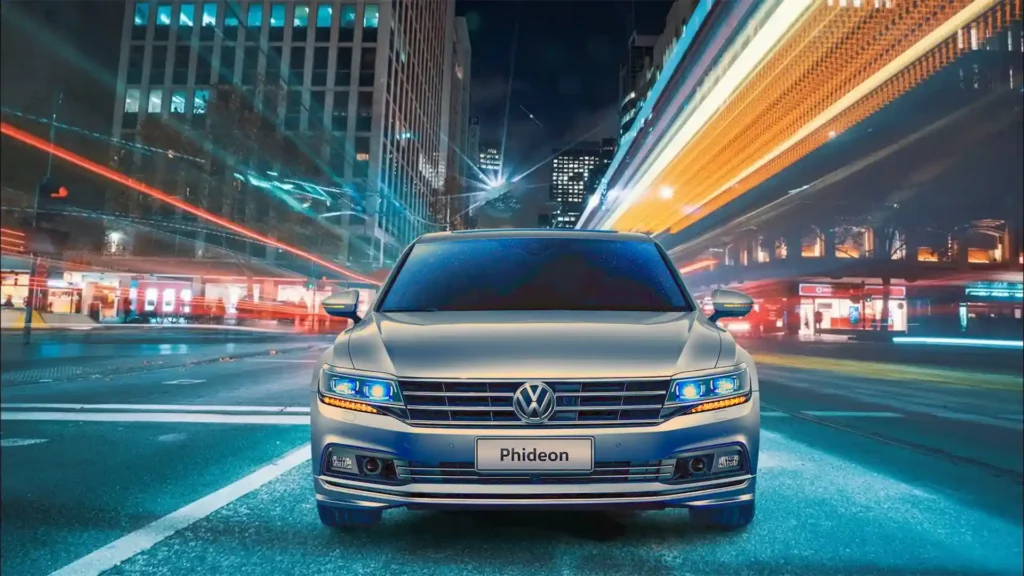
Therefore, it is often used to capture motion blur, create light trails, or achieve a desired effect by allowing more light to reach the camera’s sensor.
60. Blacklight photography
Blacklight photography is one of many types of photoshoot that utilizes ultraviolet (UV) light to create unique and striking visual effects.
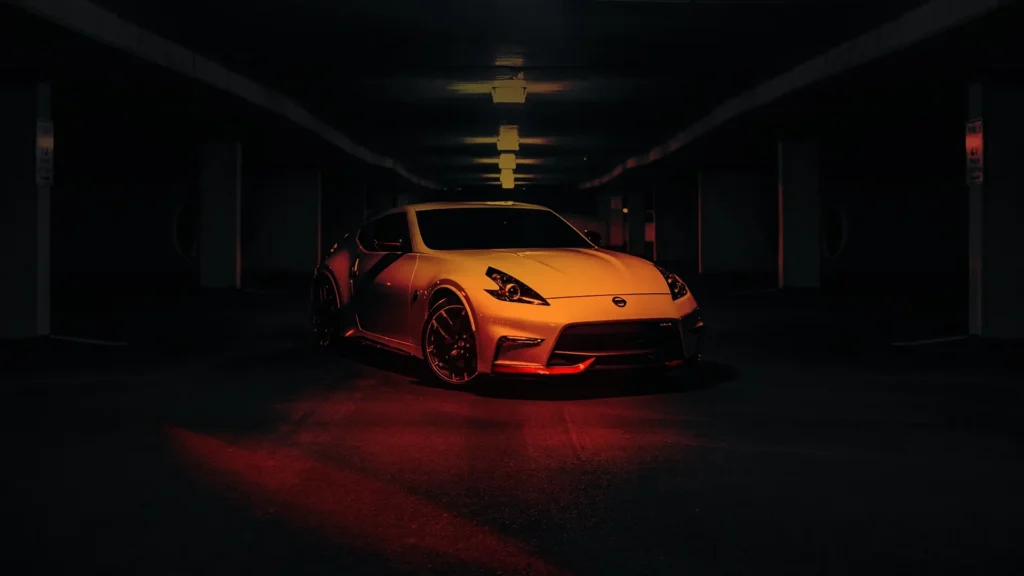
It uses unique fluorescent materials that glow or emit vibrant colors when exposed to UV light.
Types of Framing in Photography
Being general, there four unique types of elements you can utilize to make a frame that will be inside your shot and captivate viewer’s attention: Architectural, natural, geometric shapes, and light shadows. Lets delve deeper into these elements:
1. Architectural
The architectural features offer convenient opportunities for framing photographs. This serves as a prime example of framing techniques in photography. Doorways, arches, and windows serve as immediate openings through which we can center our attention. In the image below, the photographer utilized an opening in the wall to draw the viewer’s gaze toward the cemetery in the distance.
2. Natural
The natural world offers number of captivating opportunities for framing images: tree branches, blooming flowers, rugged canyon walls, and sculpted sandstone formations. All of these elements from nature can draw the viewer’s gaze. Even atmospheric events like rain or fog can be harnessed creatively. In the photograph below, the interplay of trees and the earth creates a triangular frame around the central subject, guiding the viewer’s eye towards the focal point and then upwards, toward the majestic mountains. There are many ways to use the beauty of nature for artistic framing in photography.
3. Geometric Shapes
Photographers can use a variety of shapes to create captivating photo frames. While circles, squares, tunnels, and rectangles are the most common choices, they may not always provide the most intriguing results. This concept is beautifully showcased in some noteworthy instances of framing within photography.
Types of Lighting in Photography
You have heard of different types of shots of photography but have you ever considered that there is also a term related to types of lighting in photography. Here are some examples of them
1. Ambient light
Ambient light, in photography, refers to the natural lighting present in a scene, not manipulated by the photographer. This can include sunlight, moonlight, or even the glow of a streetlight. The goal when working with ambient lighting often revolves around achieving a gentle, evenly spread illumination that can softly reflect from one surface to another.
2. Flat lighting
Flat lighting is characterized by positioning the light source directly in front of your subject. When photographing a person, this technique results in even illumination across their face, minimizing the presence of shadows.
3. Broad light
It is a type of side lighting. The side of the subject which is lit is the side that will be facing the camera, while the other side will be away from the camera.
4. Short light
Short lighting presents the opposite approach to broad lighting. In this setup, shadows are cast on the side of the face that is closer to the camera. This lighting technique generally flatters various facial shapes, and it excels at creating a slimmer appearance for fuller faces.
5. Split light
Split lighting is achieved when the light source strikes the subject from the side at a precise ninety-degree angle, resulting in a distinct division between light and shadow. Half of your subject is illuminated, while the other half remains in shadow.
This technique is renowned for its ability to craft dramatic imagery. It often imparts the subject a sense of ruggedness and masculinity, accentuating skin texture and facial details. Split lighting conveys an assertive presence and can accentuate glamour when desired.
6. Backlighting
Backlighting, as the name suggests, positions the light source behind your subject. This technique can be gained to craft striking silhouettes, or when coupled with specific atmospheric conditions such as fog, it can yield even more captivating and dramatic images.
7. Rim light
Rim lighting occurs when the light source strikes the subject at an oblique angle, producing bright highlights along the subject’s edges. This technique effectively brightens the subject’s contours and proves invaluable for creating a clear separation between the subject and its background.
8. Butterfly light
This lighting technique is commonly referred to as ‘butterfly lighting’ due to the unique shadow it forms beneath the subject’s nose. To achieve this effect, position the light source in front of and slightly above your subject, resulting in a butterfly-shaped shadow cast beneath their nose.
9. Loop light
Loop lighting stands as a popular choice in portraiture photography due to its nature. While it may be less dramatic than some other lighting styles, it infuses depth into the image while ensuring the subject remains well-illuminated.
10. Soft light
Soft light is characterized by its diffused shadows and reduced contrast. This effect is obtained by employing a larger, more expansive light source positioned in close proximity to the subject. Overcast days, with their naturally soft and even illumination, provide excellent opportunities for achieving soft lighting in outdoor photography.
11. Hard light
Hard light is the opposite of soft light–it creates strong shadows and high contrast. It creates more dramatic and edgier images. In the studio, you can position the light source with soft light, but you don’t use diffusers to soften the light.
Which kind of photography is right for you?
Before we discuss and help you with choosing the style, you have to keep in mind that photography is about expressing your individuality.
So, here are a few tips that will help you set up for the photography journey
1. Don’t just pick, but develop your style
2. Be careful and selective about what you express and showcase in your photos
3. Be inspired and create your own photoshoot style instead of copying.
4. It’s an art, so study and observe it
5. Mistakes are your stepping stones in this journey, so don’t be afraid of making them.
6. Create a library or collection of your inspiring photos
7. Being in a comfort zone won’t get you anywhere, so get out of the comfort zone.
8. Remember, talent won’t be of zero value if you don’t practice it.
Conclusion
Apart from the types of photography mentioned above, there are many more in which a professional can make a career. So, to master a specific genre, a professional must do in-depth research and gain experience. Hence, getting a degree is a good option if you are deciding to stay in the game for a long.
Also, you can opt for internships which can help in building portfolios. Since there are so many genres of photography available, choosing one for a career should be easy. So, just try your hands on the types of photography you feel the most comfortable in and stick to them.





























